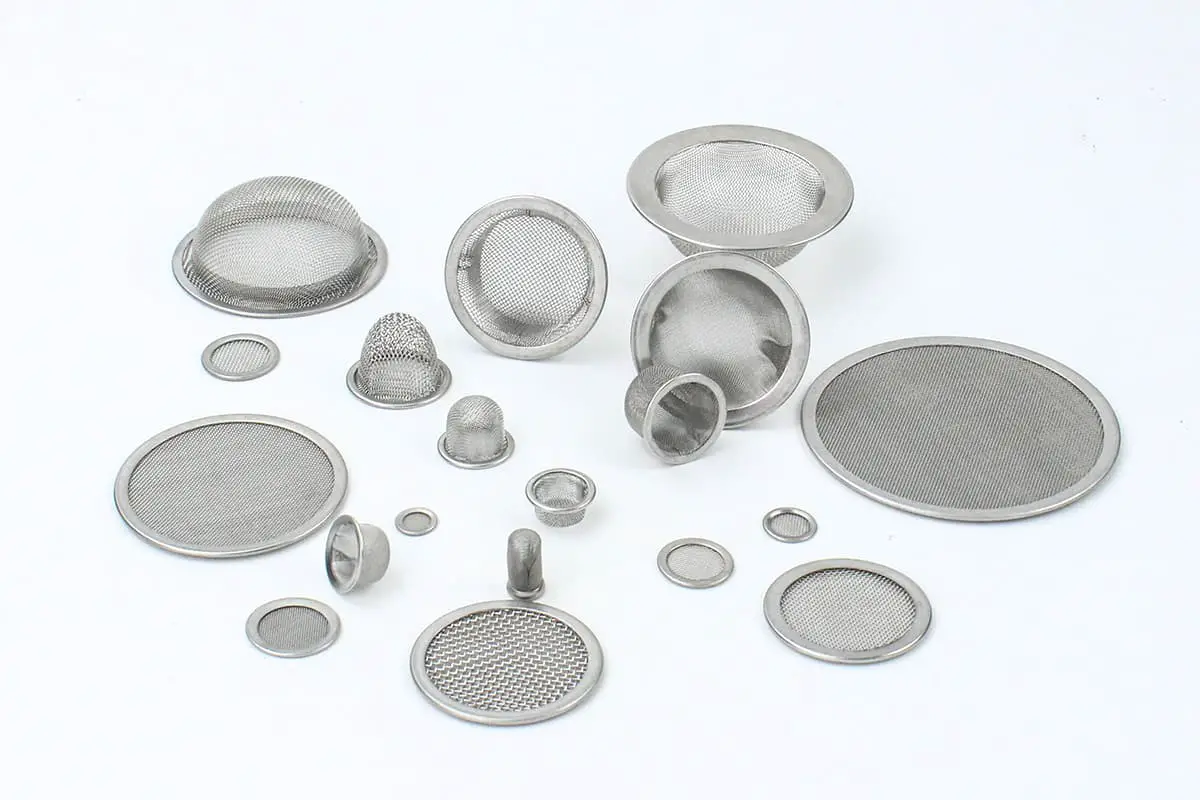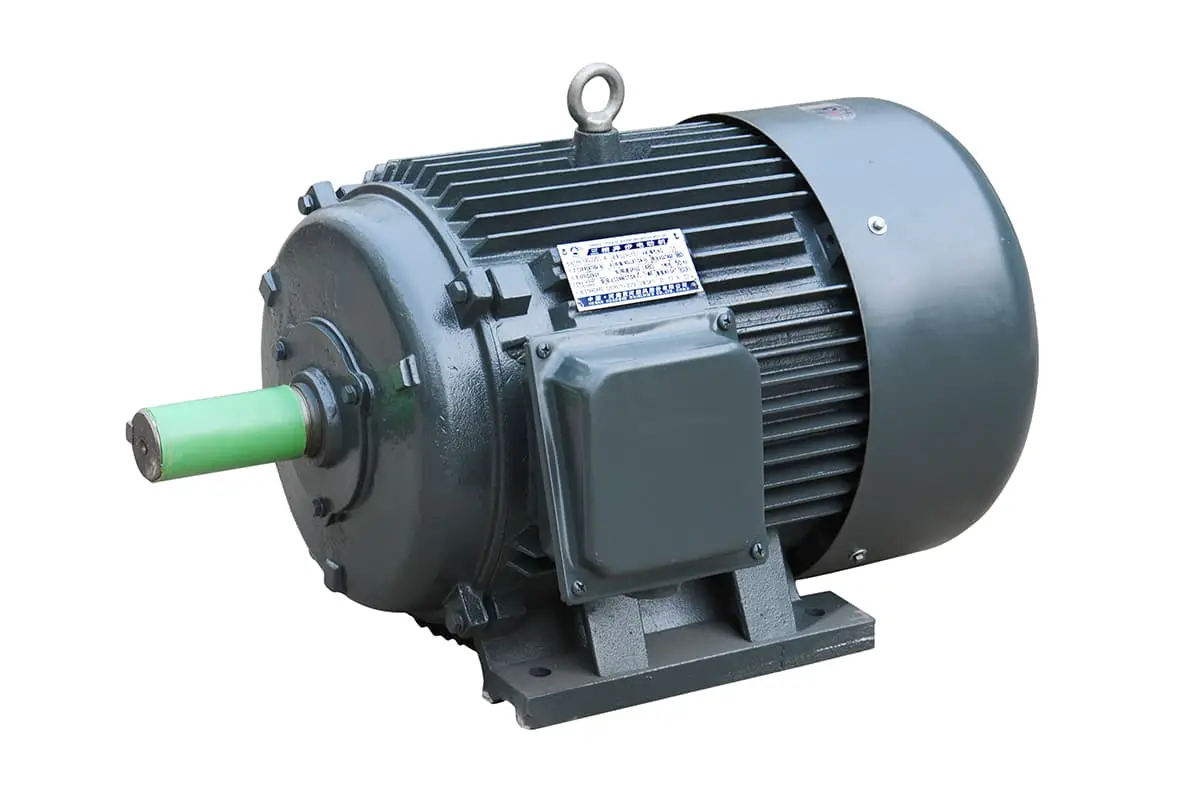
Have you ever wondered how the size of tiny particles is measured? In this article, we’ll explore the fascinating world of mesh granularity and sieve systems. You’ll learn how different mesh numbers determine particle sizes and why this matters in various industries. Get ready to uncover the secrets behind the screens!

Screen Diameter (μm) ≈ 14832.4 / Mesh Number
The unit of measure, mesh granularity, refers to the size of raw material particles, typically represented by the maximum length of the particles. Mesh represents the size of the openings in a standard sieve. In the Tyler standard sieve system, mesh refers to the number of openings per inch (2.54 cm), simply known as mesh.
Tyler Standard Sieving: The Tyler sieving system’s gradation is based on the size of the 200 mesh opening, 0.074 mm, multiplied or divided by the nth power of the main modulus root (1.141) (where n=1, 2, 3…), to obtain sieve sizes finer or coarser than 200 mesh. If the fourth root of 2 (1.1892) to the nth power is multiplied or divided by 0.074 mm, a series of sieve sizes with finer gradations can be obtained.
The higher the mesh number, the finer the particles. This is similar to the magnification of metallographic structures.
A plus or minus sign before the mesh number indicates whether particles can pass through the mesh of that size. A negative number means that particles can pass through, indicating their size is smaller than the mesh size; a positive number means they cannot pass through, indicating their size is larger than the mesh size.
For example, particles sized -100 to +200 mesh can pass through a 100 mesh sieve but not a 200 mesh sieve. When sieving such particles, the sieve with the larger mesh number (200) should be placed below the one with the smaller mesh number (100), and the particles retained in the larger mesh sieve (200) will be those between -100 and +200 mesh.
| mesh | μm | mesh | μm | mesh | μm |
| 2 | 8000 | 42 | 355 | 180 | 80 |
| 3 | 6700 | 45 | 325 | 200 | 75 |
| 4 | 4750 | 48 | 300 | 230 | 62 |
| 5 | 4000 | 50 | 270 | 240 | 61 |
| 6 | 3350 | 60 | 250 | 250 | 58 |
| 7 | 2800 | 65 | 230 | 270 | 53 |
| 8 | 2360 | 70 | 212 | 300 | 48 |
| 10 | 1700 | 80 | 180 | 325 | 45 |
| 12 | 1400 | 90 | 160 | 400 | 38 |
| 14 | 1180 | 100 | 150 | 500 | 25 |
| 16 | 1000 | 115 | 125 | 600 | 23 |
| 18 | 880 | 120 | 120 | 800 | 18 |
| 20 | 830 | 125 | 115 | 1000 | 13 |
| 24 | 700 | 130 | 113 | 1340 | 10 |
| 28 | 600 | 140 | 109 | 2000 | 6.5 |
| 30 | 550 | 150 | 106 | 5000 | 2.6 |
| 32 | 500 | 160 | 96 | 8000 | 1.6 |
| 35 | 425 | 170 | 90 | 10000 | 1.3 |
| 40 | 380 | 175 | 86 |
Mesh number equates to the number of holes per square inch. The higher the mesh number, the smaller the aperture.
Generally, mesh number × aperture size (in micrometers) = 15,000. For instance, a 400 mesh sieve has an aperture size of about 38 micrometers; a 500 mesh sieve has about 30 micrometers.
Due to the variable open area ratio, which is affected by the thickness of the wire used in weaving the mesh, different countries have different standards: American, British, and Japanese, with British and American standards being similar and Japanese standards differing significantly.
China uses the American standard, which can be calculated using the formula provided above. The American Tyler standard sieve mesh size comparison chart can be viewed on the below webpage.
From this definition, we see that the mesh number determines the size of the sieve aperture, which in turn determines the maximum particle size (Dmax) of the sieved powder.
Thus, it’s possible for 400 mesh polishing powder to be very fine, such as only 1-2 micrometers, or as large as 10 or 20 micrometers, because the sieve aperture is around 38 micrometers. The D50 of the polishing powder we produce in 400 mesh is 20 micrometers.
Therefore, using mesh number to quantify the size of polishing powder particles is inappropriate. The correct approach is to represent particle size using grain size (D10, median diameter D50, D90), converting to maximum grain size using mesh number. The Japanese standards for abrasives (JIS standards) are very scientific in this regard.
Each grade of abrasive specifies requirements for D3, D50, D97, and the data differs when using different principles of particle size measurement instruments. The standards are very strict. For example, for powder with a D50 of 2 micrometers, D3 is approximately 0.9 micrometers, and D97 is 4 micrometers.
This means that in powder claimed to be 2 micrometers, less than 0.9 micrometers cannot exceed 3%, and more than 4 micrometers cannot exceed 3%. This is a stringent requirement that most polishing powders on the market, including those from abroad, cannot meet, especially with severe exceedance in fine powder.
Using mesh numbers to characterize the granularity of polishing powder has its reasons. Older polishing powder factories used dry ball milling and dry sieving processes, resulting in powders with a D50 of about 9 micrometers for 300 mesh and about 2 micrometers for 500 mesh.
This method has generally guided production and use. However, with the emergence of new production processes and higher precision polishing requirements, this method also needs to be advanced.
Mesh refers to the number of openings per square inch on a screen, with 50 mesh indicating 50 openings per square inch, and 500 mesh indicating 500 openings.
The higher the mesh number, the more openings there are. Besides denoting the number of openings on a screen, mesh also represents the particle size that can pass through the screen—the higher the mesh number, the smaller the particle size.
The size of powder particles is known as particle granularity. Due to the complex shapes of particles, there are several methods to represent their size, including screening granularity, sedimentation granularity, equivalent volume granularity, and equivalent surface area granularity.
Screening granularity refers to the size of the particles that can pass through the screen openings, represented by the number of openings in a screen 1 inch (25.4mm) wide, hence referred to as “mesh.”
Currently, there is no unified standard for powder granularity internationally, and each company has its own definitions and representation methods for particle size. Screen specifications and the meaning of “mesh” vary across different countries and industries, making it difficult to standardize.
Internationally, the equivalent volume particle’s calculation diameter is commonly used to represent particle size, expressed in μm or mm.
| mesh | particle size (μm) | mesh | particle size (μm) | mesh | particle size (μm) |
| 5 | 3900 | 140 | 104 | 1600 | 10 |
| 10 | 2000 | 170 | 89 | 1800 | 8 |
| 16 | 1190 | 200 | 74 | 2000 | 6.5 |
| 20 | 840 | 230 | 61 | 2500 | 5.5 |
| 25 | 710 | 270 | 53 | 3000 | 5 |
| 30 | 590 | 325 | 44 | 3500 | 4.5 |
| 35 | 500 | 400 | 38 | 4000 | 3.4 |
| 40 | 420 | 460 | 30 | 5000 | 2.7 |
| 45 | 350 | 540 | 26 | 6000 | 2.5 |
| 50 | 297 | 650 | 21 | 7000 | 1.25 |
| 60 | 250 | 800 | 19 | ||
| 80 | 178 | 900 | 15 | ||
| 100 | 150 | 1100 | 13 | ||
| 120 | 124 | 1300 | 11 |
China typically uses a mesh number to particle size (μm) comparison chart.
| mesh | μm | mesh | μm | mesh | μm | mesh | μm |
| 2.5 | 7925 | 12 | 1397 | 60 | 245 | 325 | 47 |
| 3 | 5880 | 14 | 1165 | 65 | 220 | 425 | 33 |
| 4 | 4599 | 16 | 991 | 80 | 198 | 500 | 25 |
| 5 | 3962 | 20 | 833 | 100 | 165 | 625 | 20 |
| 6 | 3327 | 24 | 701 | 110 | 150 | 800 | 15 |
| 7 | 2794 | 27 | 589 | 180 | 83 | 1250 | 10 |
| 8 | 2362 | 32 | 495 | 200 | 74 | 2500 | 5 |
| 9 | 1981 | 35 | 417 | 250 | 61 | 3250 | 2 |
| 10 | 1651 | 40 | 350 | 270 | 53 | 12500 | 1 |








